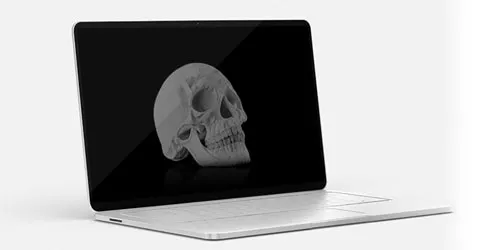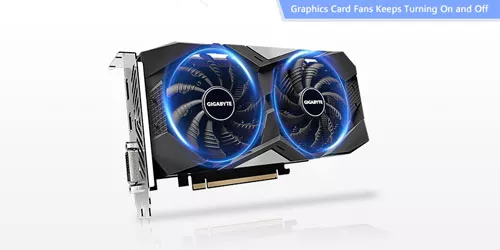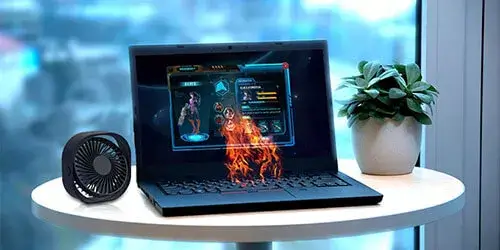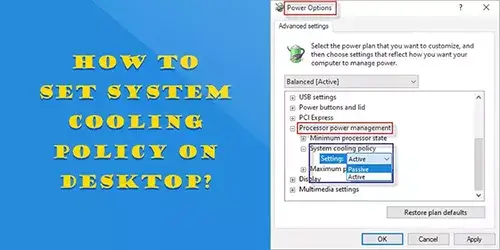GPU Artifacts: Common Causes and Effective Troubleshooters
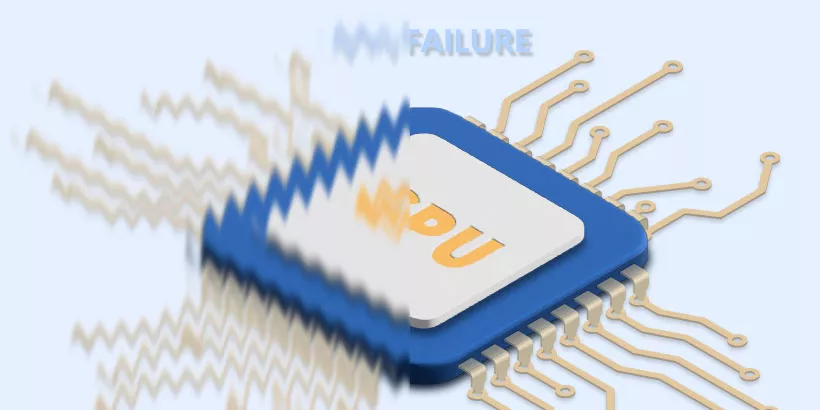
GPU, the main processing unit of the graphics card, is specialized for rendering all images on the computer's screen. For gamers, a good GPU makes games smoother and faster with better resolution. It has been crucial in reducing lagging or freezing caused by CPU load. However, once a GPU starts artifacting, users will see the annoying lines or pixels on their monitor. If the issue get worse, user may have unusual flashes or distortion on the screen. For the purposes of solving this bothersome problem, this article focuses on why GPU artifacts happen and how to get rid of it.
What is a GPU artifact?
A GPU artifact means that GPU cannot correctly process digital data such as photographs and video graphics due to some glitches. It can appear as strange lines, pixels, irregular textures, black dots, etc. on the screen. In serve cases, there will be colour incongruity and flickers on the display. However, Not all artifacts are a result of GPU failure. GPU artifacting is likely to occur when GPU is in use, especially in games while artifact issues during the GPU is unused may be the monitor problems.
You can try two simple methods to determine if artifacts are caused by faulty GPU. Take a screenshot of the artifacts and send the photo to other devices. If artifacts are invisible on another device, then you might have monitor or connection issues. Also, you can try connecting your TV Set or another monitor to the computer and check if you see the same artifacts. If you don’t see them again, then monitor is to blame.
What factors can cause artifacts?
- Inadequate power supply to GPU
- Problematic cables
- Overheating GPU
- Overclocking of GPU
- GPU damage
- Defective Graphics driver
- Aging Graphics card
- Loaded VRAM
- Application issues
How to troubleshoot GPU artifacting?
1. Change power supply unit
Insufficient power supply or poor quality of power supply is responsible for the artifacts. You need to check whether the PSU has met the power consumption requirements of the graphics card. For example, NVIDIA GTX1650, you need a power supply with at least 300W.
For gamers, it is not difficult to test if the graphics card is underpowered. Open a resource-demanding 3D game and if the power supply is insufficient then the computer will immediately shut down. On the contrary, if you play the game for a long time without any problems, then the power supply of the graphics card is sufficient.
2. Underclock your GPU
Overclokcing the GPU allows the GPU to run at a higher clock speed than the manufacturer's rating speed, but it comes with the risk of overheating. The overloaded GPU eventually results in artifacts.
It will be a simple process if you use a software to underclock GPU and MSI Afterburner is able to tweak GPUs of any model.
Step 1: Download MSI Afterburner from the official website.
Step 2: Launch MSI Afterburner. In the middle of its interface, locate the slider under Core Clock (Mhz). Slider toward the left to decrease the clock speed.
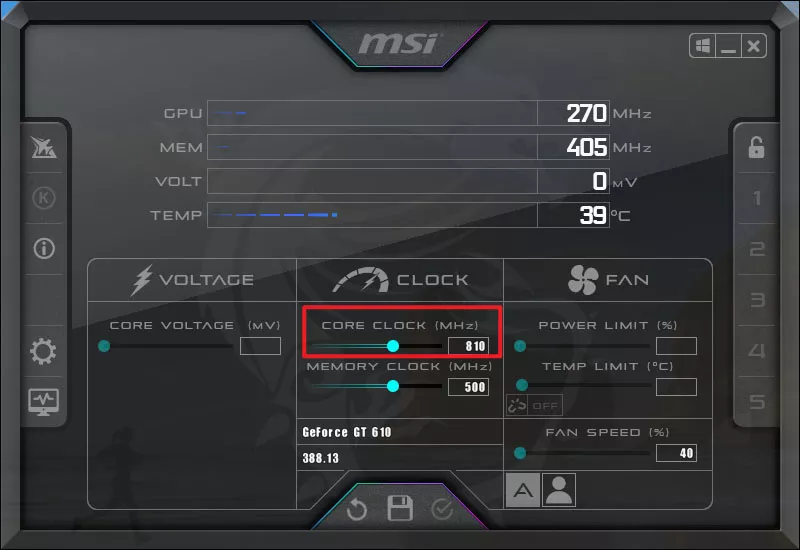
Decrease the clock speed little by little and monitor the temperature at the same time. You can start a program that employs graphics card and find the right balance between the selected clock speed and your desired performance.
3. Cooling down the GPU
If you haven't overclocked your GPU, but the temps is unusually high, then you should check these aspects:
- Check if all the fans are working properly. If the fan is too dusty causing the fan to slow down, you can use a small soft brush to clean it up, then oil the fan or replace it with the same type of fan. If there's nothing wrong with the fans, open the PC case completely and direct an external fan towards the GPU. If using an external fan can keep the GPU cool, then you can keep the PC case opening all the time. If the above method doesn’t work, you should consider installing extra fans.
- Check if the stock thermal paste hardens. Thermal paste won't last forever and it should be replaced if it lasts over two years. Applying new thermal paste need to be done with great care.
4. Free up VRAM
VRAM is used to store the rendering graphics information for the GPU and a shortage of VRAM space can affect the visual quality. To free VRAM, you need to uninstall heavy programs including discarded games and end the GPU-consuming processes in the background.
5. Update Graphics driver
Step 1: Press Windows+X and select Device Manager from the context menu.
Step 2: Expand Display adapters, right-click on your graphics card and select Update driver.
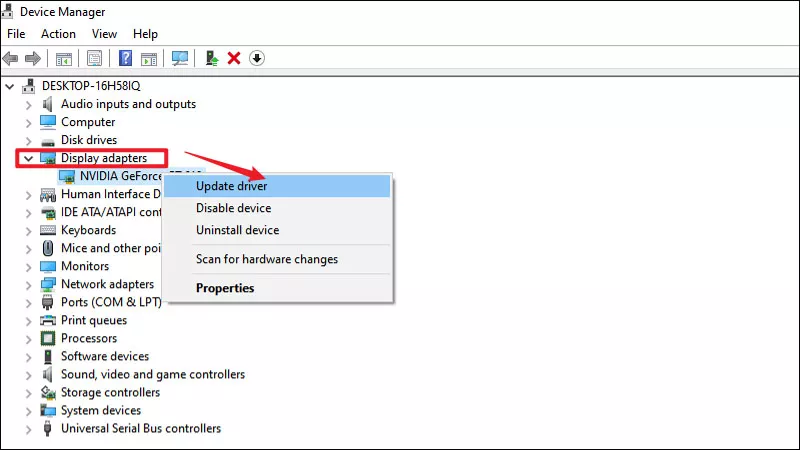
Step 3: In the next window, click Search automatically for drivers.
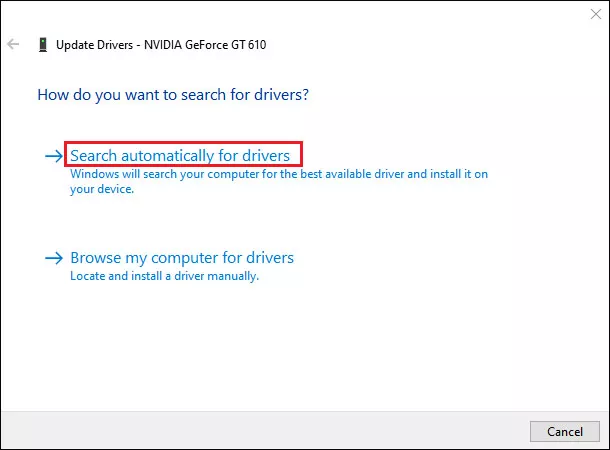
Step 4: Reboot your device after finishing updating.
6. Change default game settings
If the artifacts only occur in specific games, you can try playing the games at a lower setting and set a maximum FPS. Would you prefer a higher FPS rate with artifacts or a medium FPS rate without artifacts? Downgrading the quality of the graphics in game can be effective in reducing the pressure and heat of the GPU.


